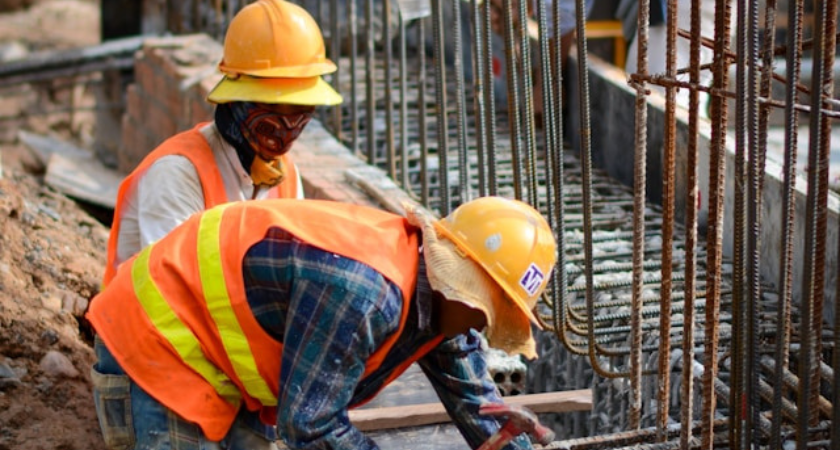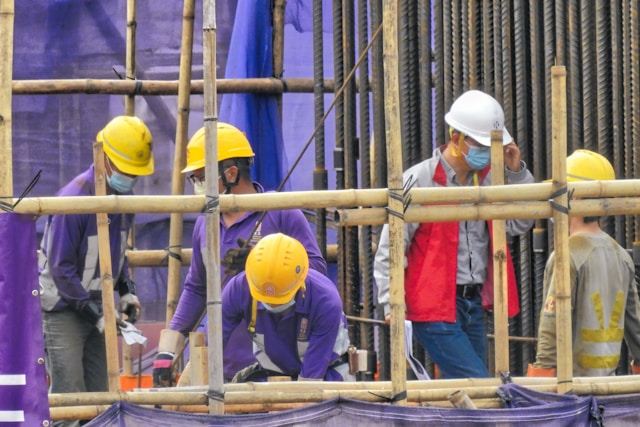
Chamberlain, S.D. — In a bold effort to boost housing and attract new residents, the small Missouri River city of Chamberlain is giving away building lots in a municipal subdivision, offering free land to anyone who commits to constructing a home.

The Smokey Groves Addition sits on a tract purchased by the city in 2018. Chamberlain invested $900,000 to acquire 60 acres and spent approximately $2 million in local funds plus another $2 million in state and federal grants to build roads, curbs, gutters, and extend sewer and water lines. The city also created a tax-increment financing district to support the development.
“With the free lots, it entices people to get things moving quicker,” said City Administrator Clint Soulek. “Without this, I don’t think there’s any way we can grow.”
The city awarded 11 buildable lots through a computerized lottery to applicants who met financial requirements and promised to start construction within 18 months. Since then, seven homes have been completed, four of which are occupied by families new to Chamberlain. Home prices range from $330,000 to $630,000, with buyers receiving $15,000 to $20,000 in instant equity from the free land.
“The homeowners get $15,000 to $20,000 in instant equity due to the free land, which can lower their down payment or lead to better terms with a lender,” Soulek added. “And it’s going to benefit the city in the end with new housing and a stronger tax base.”
For a city of roughly 2,500 residents, limited housing has been a persistent barrier to growth. Many family homes have been converted into short-term rentals, and apartments have waiting lists. “With the school or the hospital, anytime they need employees, the biggest thing is trying to find a place for them to live,” said Sheena Larsen, executive director of the Lake Francis Case Development Corp. “A lot of times, they take the job and can’t find a place to live, so they have to turn it down.”

Chamberlain’s approach reflects lessons learned from previous municipal housing efforts, including the Cedar Heights subdivision, launched in 2000. That project ultimately produced about 70 homes, six multi-family units, and 15 commercial enterprises over nearly two decades. “All of these small towns, if they want to grow and survive, they’re going to have to take responsibility for housing themselves,” said Greg Powell, retired city engineer.
While construction in Smokey Groves has been slowed by road contractor delays, Soulek emphasized the long-term benefits. “The homeowners get equity, the city grows, the tax base grows, and local businesses benefit from materials and labor sales,” he said.
Powell stressed that small-town development requires patience and municipal involvement, noting that private developers often cannot achieve desired returns in slower-growing areas. “It takes you 20 years to get your lots sold, and most developers want their money back in five years,” he said.
The Smokey Groves project exemplifies how municipalities can take proactive steps to stimulate housing, combining infrastructure investment with innovative incentives to attract new residents and support economic growth.
Originally reported by Bart Pfankuch, South Dakota News Watch in Finance & Commerce